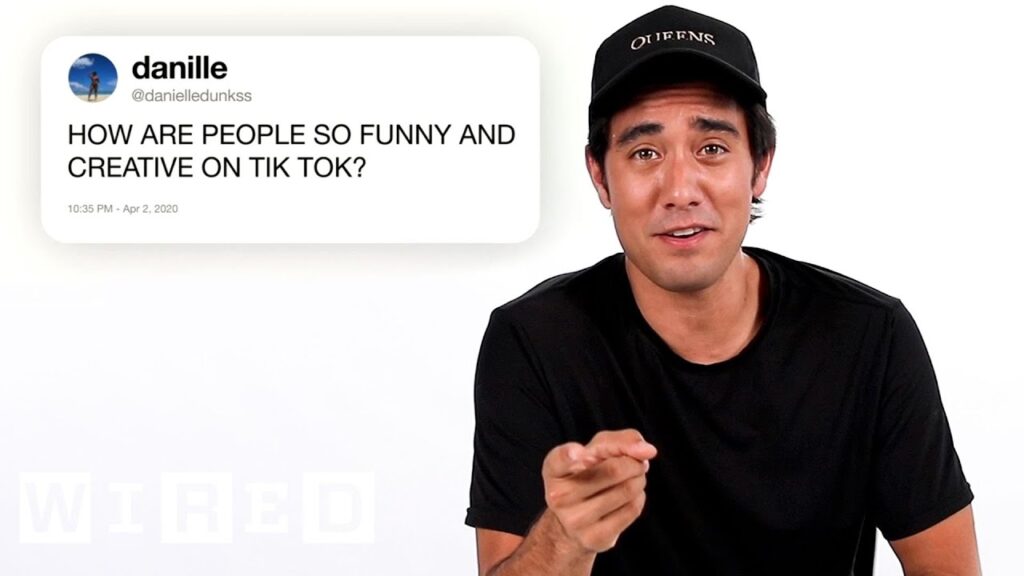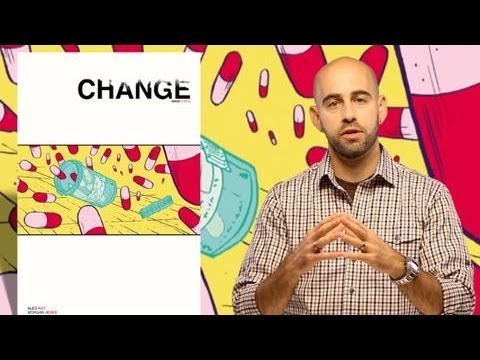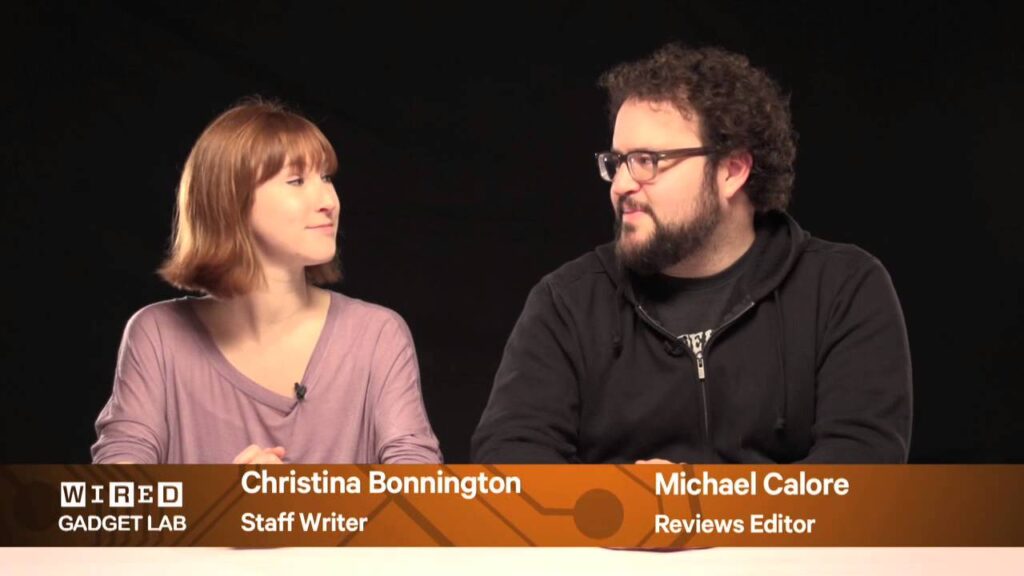Tracking and Measuring: Tim Ferriss and the Quantified Self Movement
Summary
In this article, we explore Tim Ferriss’ interest in tracking and measuring various aspects of his life, particularly his health and fitness. We discuss the benefits of creating metrics, the challenges of bridging the gap between data and action, and the potential future of continuous monitoring.
Table of Contents
- Tim Ferriss’ interest in tracking
- The benefits of creating metrics
- Bridging the gap between data and action
- The future of continuous monitoring
Tim Ferriss’ interest in tracking
Tim Ferriss’ interest in tracking began with his experience in collegiate wrestling, where he learned to lose weight effectively before weigh-ins. He started recording his weight training workouts at age 16 and has continued to do so ever since. Tim believes that measuring things makes him more aware of his decisions and helps him optimize his performance.
The benefits of creating metrics
Creating a metric, even if it has no practical application, can make a person more aware of their surroundings and decisions. For example, the speaker used blood diagnostics to identify a deficiency in myristic acid, which they fixed by taking coconut oil. They also experimented with sleep and used devices like the ZO, Philips Go light, and Dexcom 7 for monitoring and tracking data.
Bridging the gap between data and action
The bottleneck is often the gap between having data and making it actionable. The speaker tried various tools, from simple apps like Lyft to more complex ones like Nike Fuel Band, to help bridge this gap. The Nike Fuel Band stands out for its intuitive interface. However, technology for self-tracking still has gaps, such as timing when it comes to consuming food and supplements for maximum effect.
The future of continuous monitoring
Social inhibitions towards being a quantified self person may exist, but continuous monitoring may become the norm in the future. The speaker shared a personal anecdote about measuring their food on a date and trying to disprove the calories in, calories out model by consuming seven times their resting metabolic rate in 12 hours. When asked about the weirdest thing they’ve tracked about themselves, the speaker did not provide an answer.
Conclusion
Tim Ferriss’ interest in tracking and measuring his life has led to a greater awareness of his decisions and optimization of his performance. While there are challenges in bridging the gap between data and action, the potential benefits of continuous monitoring may make it the norm in the future.







